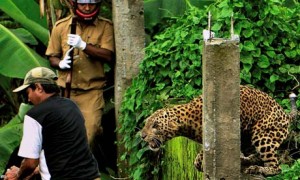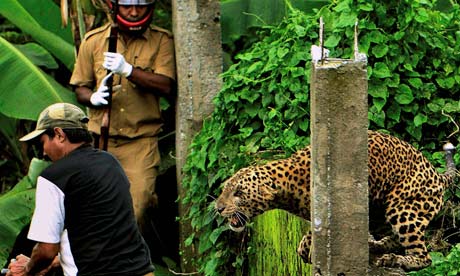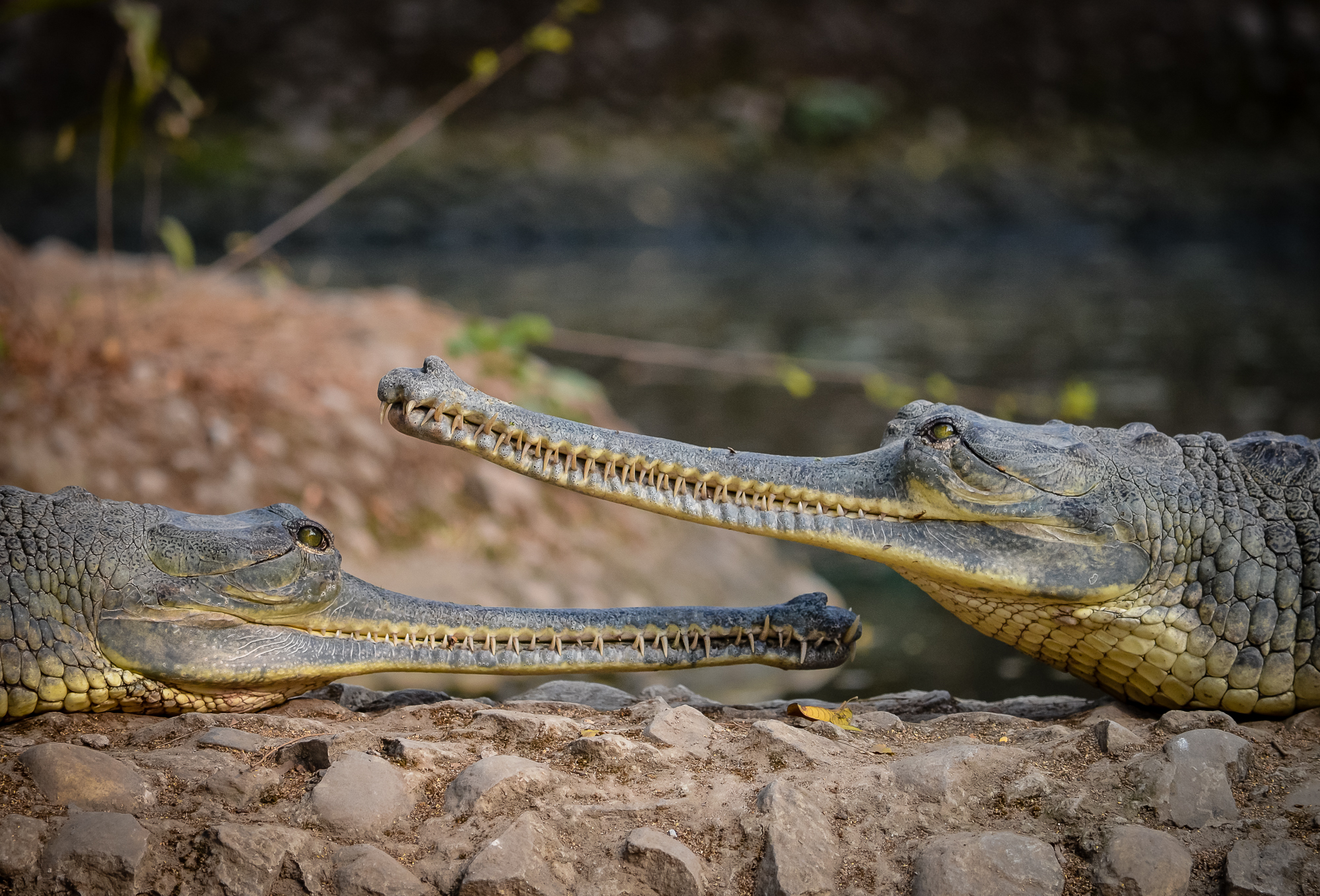
It was not too long ago that pictures and videos of a leopard cornered and killed in an eastern state of India flooded the internet and new channels across the globe. Conservationists cried at the loss of another life, but when the choice is between the animal and human lives, it is almost certain that the animal will be the last to be saved. What is sad is that the incident was not a lone case of a wild animal, specifically a leopard venturing into a human settlement. In fact, since January this year 261 leopards across the country have already died, many due to rise in the human animal conflict.
Leopards are increasingly venturing into cities, towns and villages in India. With humans seizing every little bit of space left, it has become hard for the leopards to find a home and food. The adaptable animals therefore seek easy prey in cattle or loiter around the city garbage to grab a bite. Most of them also know the tact to remain hidden, but occasionally the cover is blown. Stoned, pelted, tranquilised and killed, the wild cats are being targeted by humans for trying to survive in a human infested world.
What has been another cause for the increased leopard deaths is poaching. In 2010, 54.87 per cent of the 328 leopard deaths across the country were due to poaching.
“Most leopard deaths are caused when they wander into human habitation and the scared people try to drive them away. As long as this attitude persists, their numbers will continue to fall.This is an issue that needs to go beyond the law. We need to place more emphasis on creating awareness among the people on the need to protect these animals,” says Belinda Wright, executive director, Wildlife Protection Society of India (WPSI)
Although there have been no exclusive surveys done to estimate the leopard population of India, government put their number at 12,014 in January, 2008. Most experts feel that this number may have changed for the worse in the last 2-3 years.
Some says that Leopards may be an ecologically resilient species, but it doesn’t take away from the fact that they need to be protected.
Praveen Bhargav of Wildlife First says there are enough studies to show that the leopards’ habitat is suffering not just in density but also contiguity, forcing the animals to stray out.
“All Schedule I species must be protected through multiple approaches such as preserving their habitat and its connectivity, protecting the prey species and prosecuting the offenders,” he stresses.
As is the case with any wild animal which is primarily a predator, saving the species alone does not guarantee its population stability. There has to be protection of the prey, the habitat and from falling prey to poaching and human anger.
Related stories:
Leopard Rescued from a Pipeline in Gujarat
Uttarakhan Captures first Snow Leopard on camera










One thought on “Leopards: Victims of the Man-animal Conflict”